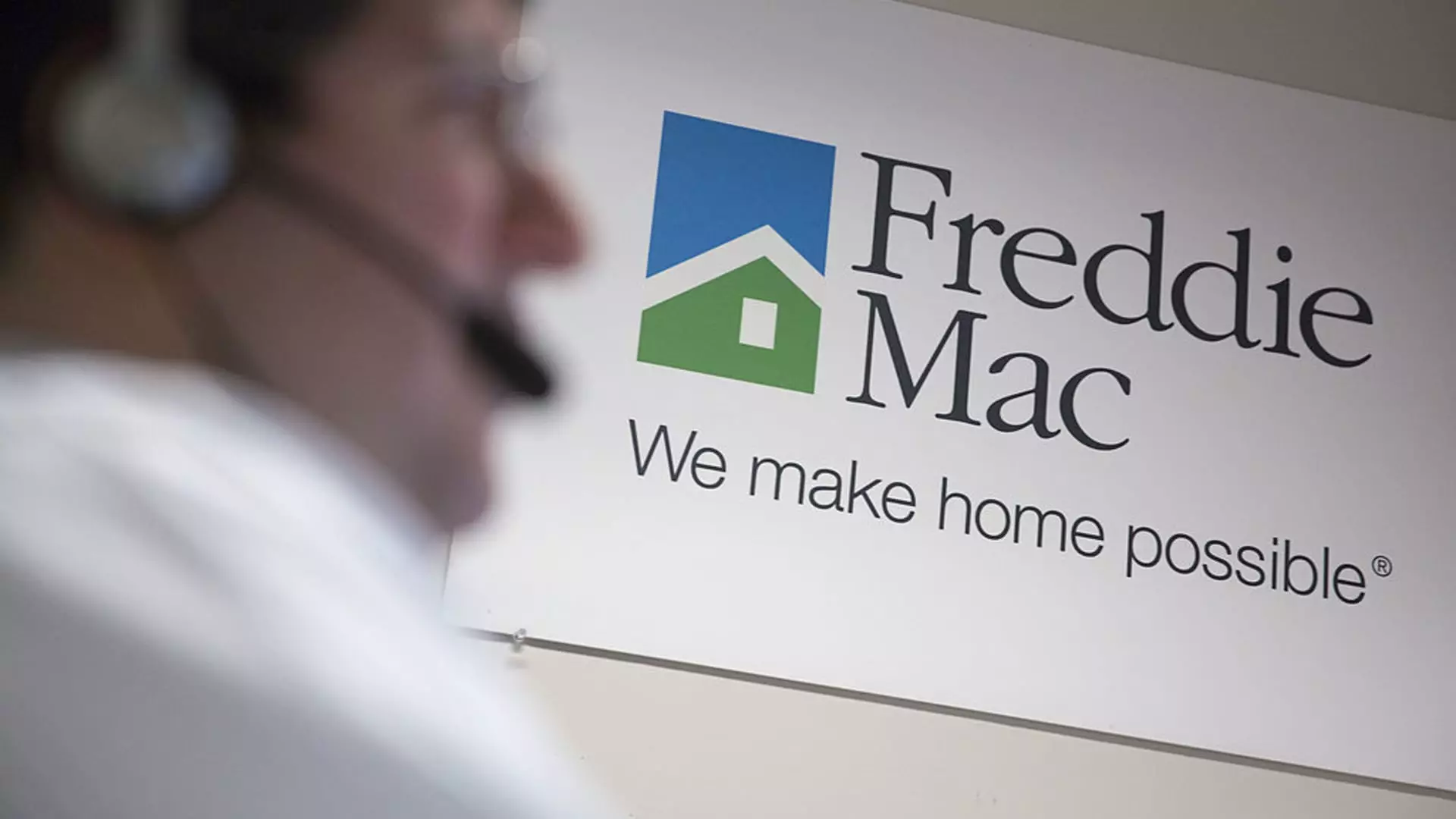The landscape of the U.S. mortgage market has long been shaped by two key entities—Fannie Mae and Freddie Mac. These government-sponsored enterprises (GSEs) were placed under federal conservatorship during the financial crisis of 2008, and as the economy evolves, discussions surrounding their fate intensify. The looming question is whether the current federal oversight should be maintained or if a shift towards full privatization is on the horizon.
Fannie Mae and Freddie Mac serve as critical linchpins in the U.S. mortgage system. Their primary function is the development of financial products that facilitate mortgage lending and subsequently reduce risks for investors. By providing liquidity to the mortgage market, these organizations enable more Americans to access home financing options, directly influencing mortgage rates across the nation. However, their historical role has entangled them in the ongoing debate about government involvement in private sectors.
The 2008 financial crisis illuminated serious vulnerabilities within the mortgage system. As housing prices plummeted, defaults surged, leading to widespread foreclosures—an estimated 3.8 million homes fell to this fate between 2007 and 2010, according to the Federal Reserve Bank of Chicago. Recognizing the threat to financial stability, the Treasury Department intervened with significant capital infusions, amounting to $100 billion for each GSE, and initiated profit sweeps to recoup taxpayer funds. These moves, while contentious, are often viewed as necessary measures in favor of preserving stability in a deeply troubled market.
Fannie Mae and Freddie Mac’s conservatorship has been a double-edged sword. While it allowed for the immediate stabilization of the housing market, it also led to the dramatic depreciation of their stock values, with shares hitting an almost negligible worth post-crisis. The imposition of federal control raised fundamental questions about ownership and taxpayer risk. As Mark Calabria, former director of the Federal Housing Finance Agency, remarked, although optimism about the economy exists, it is crucial to evaluate whether taxpayer interests are adequately safeguarded amidst market fluctuations.
The government’s efforts to restore fortunes saw the cessation of profit sweeps in 2019, marking a pivotal moment in the potential return of Fannie Mae and Freddie Mac to the private sector. This change aimed to alleviate the capital constraints that had stifled both enterprises, as Calabria noted, they were dangerously leveraged at approximately 1,000-to-1, signifying a precarious financial position. With a loosening of federal grips, proponents of privatization argue that the GSEs could emerge stronger and perhaps more competitively with sufficient capitalization.
The discussion surrounding the privatization of Fannie Mae and Freddie Mac emphasizes a crucial concern: the potential impact on mortgage rates. Economists such as Mark Zandi speculate that without governmental backing, rates could rise significantly, potentially by 60 to 90 basis points. However, advocates of privatization counter these assertions, suggesting that removing the implicit government guarantee might drive rates lower through increased competition and innovation within the housing finance space.
Navigating these waters involves careful consideration of market dynamics and risk management. Should the government decide to fully exit from overseeing these entities, establishing thorough regulatory frameworks will be imperative to prevent the recurrence of past mistakes that led to the financial downfall over a decade ago. The interplay between government intervention and free-market forces will undoubtedly shape the next chapter for these vital GSEs.
As the U.S. mortgage market grapples with the legacy of Fannie Mae and Freddie Mac, the choices made by policymakers will have profound implications for both homebuyers and the broader economy. The potential shift away from a government-controlled environment toward a more privatized structure raises fundamental questions about oversight, financial stability, and taxpayer protection. The road ahead is fraught with challenges and opportunities; thus, achieving a sustainable balance between public support and private sector dynamism will be crucial in shaping the future landscape of U.S. housing finance.

Leave a Reply